Text
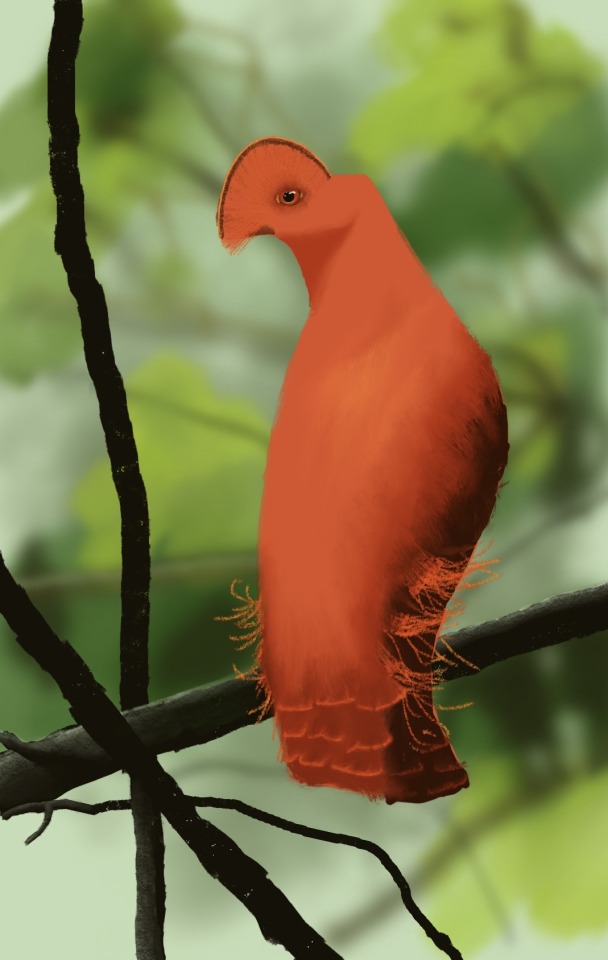
Guianan cock-of-the-rock (Rupicola rupicola)
2 notes
·
View notes
Text
Fashion Terms A - Z
A
B
C
D
E
F
G
H
I
J
K
L
M
N
O
P
Q
R
S
T
U
V
W
X
Y
Z
8 notes
·
View notes
Text
Żupan
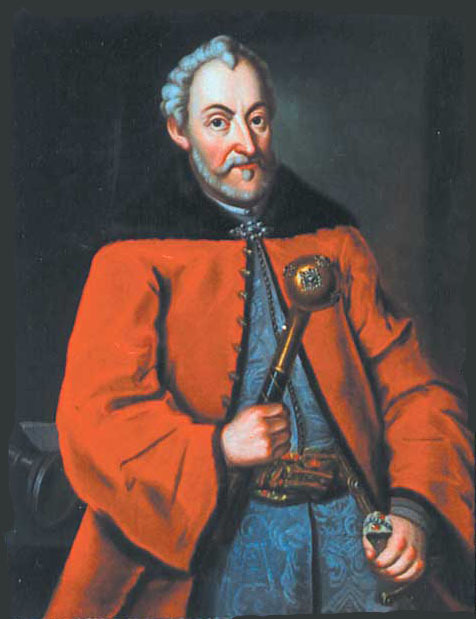
A long lined garment of West or Central Asian origin which was widely worn by male nobles in the multi-ethnic Polish-Lithuanian Commonwealth and by the Ukrainian Cossacks in the Cossack Hetmanate. It was a typical upper class male attire from the late 16th to the first half of the 18th century.
6 notes
·
View notes
Text
Zouren
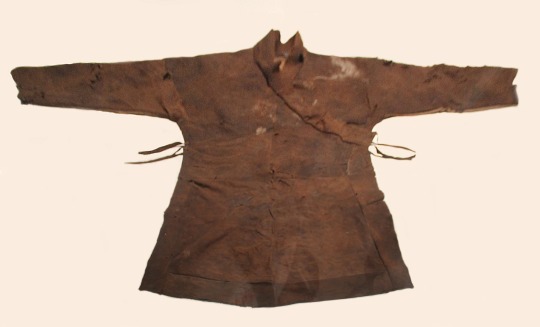
As opposed to the youren closure which closes over the right side the zuoren closure closes over the left. Typically the zouren is only associated with funeral practices since according to ancient Chinese beliefs the only time the Han Chinese are supposed to use zouren is to dress the deceased. It was therefore taboo for a living person to wear clothing with a zouren closure.
85 notes
·
View notes
Text
Zouave jacket

A short open fronted jacket with long sleeves, similar to that historically worn by the Algerian Zouave infantry of the French Army. It was popular in women's fashion in the 19th century in the United States. Colorful, braid-trimmed Zouave jackets became fashionable in the late 1850s and remained so well into the 1860s. Although generally out of fashion after the 1860s, it became popular again in some parts of the country towards the end of the 19th century.
3 notes
·
View notes
Text
Zoot suit
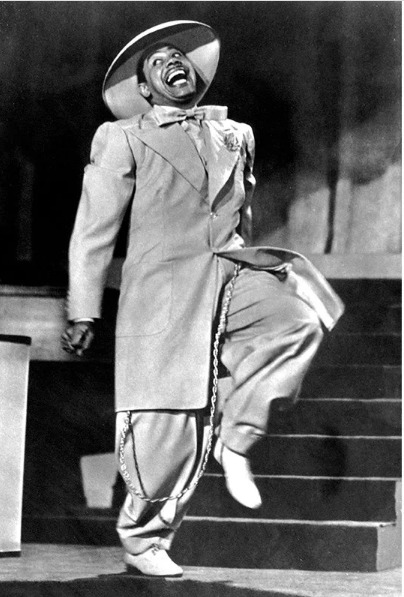
A men's suit with high-waisted, wide-legged, tight-cuffed, pegged trousers, and a long coat with wide lapels and wide padded shoulders. It is most notable for its use as a cultural symbol among the Hepcat and Pachuco subcultures, although it was popular among African, Mexican, Filipino, Italian, and Japanese Americans in the 1940s. The zoot suit originated in an African American comedy show in the 1930s and was popularized by jazz and jump blues singers. Cab Calloway called them "totally and truly American".
2 notes
·
View notes
Text
Zibeline

A thick, soft fabric with a long nap. It is usually made of wool, such as mohair or alpaca, but can also be made from the hair of other animals. Zibeline can also refer to a heavy silk fabric with a twill weave, very similar to Mikado.
0 notes
Text
Zibellino

A women's fashion accessory popular in the later 15th and 16th centuries. A zibellino, from the Italian word for "sable", is the pelt of a sable or marten worn draped at the neck or hanging at the waist, or carried in the hand. The plural is zibellini. Some zibellini were fitted with faces and paws of goldsmith's work with jeweled eyes and pearl earrings, while unadorned furs were also fashionable.
0 notes
Text
Zaju chuishao fu

usually categorized as a type of paofu however some scholars classify it as a type of shenyi. The Zaju chuishao fu is also called guiyi and depending on its construction a guipao or guichang. It is a multi-layered garment that was decorated with an apron-like decorative cloth at the waist with triangular strips at the bottom and with pieces of ribbons worn underneath the apron which would hang down from the waist.
56 notes
·
View notes
Text
Zardozi

an Iranian and Indian subcontinent embroidery type. Zardozi is a type of heavy and elaborate metal embroidery on a silk, satin, or velvet fabric base. Designs are often created using gold and silver threads and can incorporate peals, beads, and precious stones.
1 note
·
View note
Text
Youghal Lace

A needle lace inspired by Italian needle lace and developed in Youghal, Ireland. Youghal Lace was perhaps the most successful of the 19th century Irish needlaces. Youghal is considered a true lace as it is created with a sewing needle and thread only. It is a flat needlepoint lace with no cordon nets. It uses ladder like buttonhole stitches around each motif and edges decorated with a "Venetian Stitch" or knotted border.
5 notes
·
View notes
Text
Yuanlingshan

A round-collared upper garment. It was formal attire usually worn by men, though it was fashionable for women to wear in some dynasties. Specific forms of the yuanlingshan are named based on their decorations or construction; these include panling lanshan, longpao, and mangfu.
22 notes
·
View notes
Text
Youren

A style of garments with overlapping at the front and closes to the right side. The youren closure can be traced to the Shang dynasty and is an important symbol of the Han Chinese ethnicity.
49 notes
·
View notes
Text
Yesa
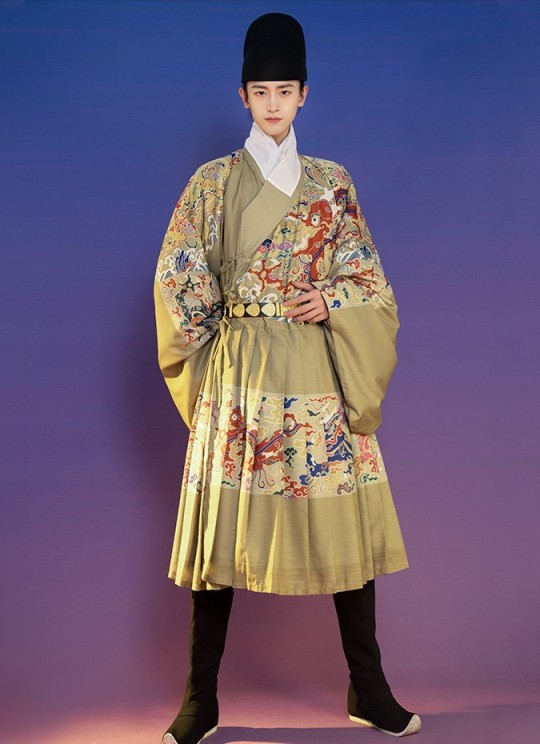
An ancient type of clothing worn during the Ming dynasty, it is a cross-collared, long sleeved robe with narrow pleats on the lower hem; while the back of the lower part is flat, the front has two densely pleated sides with a flat middle. Originally worn in the palace and by the wealthy it eventually spread to the commoners.
47 notes
·
View notes
Text
Yếm

a traditional undergarment usually cut in a diamond or square with strings to tie around the neck and back. Since introduction by the Chinese in northern Vietnam during the Nguyen dynasty it became a staple for all classes in Vietnam.
0 notes
Text
Yelek

A bodice or waistcoat of Ottoman origin. The yelek is typically sleeveless and collarless and usually has small pockets on the sides. Yeleks are generally embroidered and made out of silk cloth as well as velvet and leather.
1 note
·
View note
Text
Yashmak

A Turkish type of veil worn by women to cover their faces in public. Today there is almost no usage of the yashmak in Turkey. In Turkmenistan, however, it is still consciously used by some married women in the presence of elder relatives of a husband. Unlike an ordinary veil, a yashmak contains a head-veil and a face-veil in one, thus consisting of two pieces of fine muslin, one tied across the face under the nose and the other tied across the forehead draping the head.
1 note
·
View note